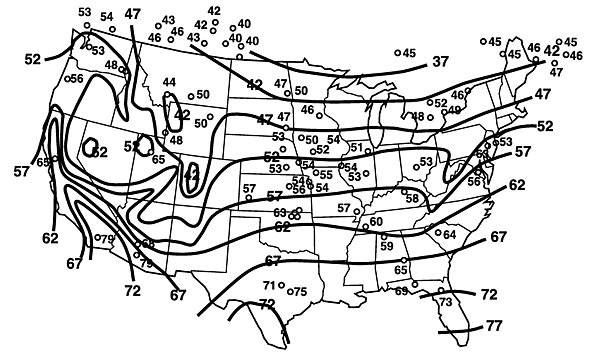MidtoupperMichigan
New Member
I have a 662 sq ft 2 bed 1 bath cottage we moved to a new 5 block tall foundation and I am going to replace the existing propane unit standing in center of cottage with a natural gas forced air furnace. I plan to locate the new furnace in the crawlspace. I was told that an 80% furnace since its not high efficiency will not have to worry about condensate. I do not have a floor drain in basement but could get a condensate pump but that is one more thing to add to the high efficiency puzzle. I plan to winterize the cottage for some of the winter weeks and or months in years to come. So I like the high efficiency option but the 80% efficiency furnace may not be used all winter if we winterized the vacation rental cottage and I dont have to worry about damaging a high efficiency furnace if i want to winterize the cottage? So should I get a more expensive high efficiency furnace or just get a more basic 80% ? I will have an ac/unit in conjunction with the furnace. The existing furnace standing in center of living room that I am replacing has a metal chimney liner but I am guessing it is not 3 lined chimney liner as probably code is now I am guessing so i will have that cost too. Also, should I consider a 2 stage blower and or can i change the blower to a 2 stage blower if it does not have one? I am looking at a 1 year used Goodman 4500 btu furnace but am open to opinions and tips.

